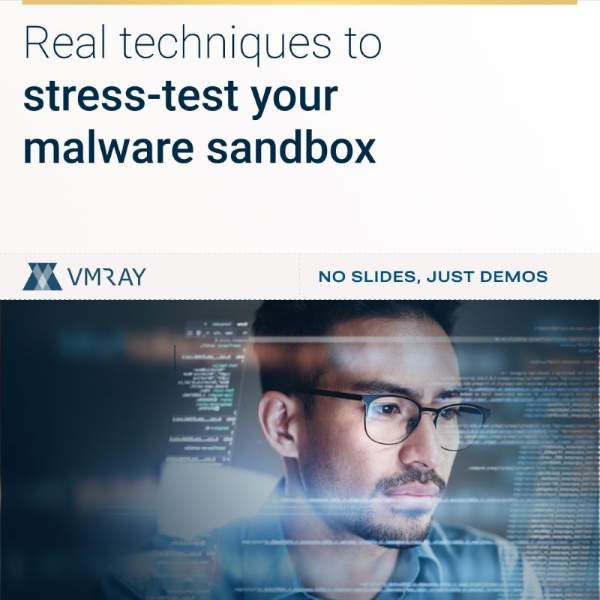Chapter 7: Empowering Security Teams: The Gateway to Growth Through Automation
In the dynamic landscape of cybersecurity, the aspirations of security professionals are often characterized by a desire for growth, skill enhancement, and meaningful contributions.
However, the reality of the Security Operations Center (SOC) often involves grappling with a ceaseless stream of alerts, leaving little room for strategic endeavors. The pursuit of excellence becomes stifled amid the humdrum of repetitive and time-consuming tasks.
But what if there was a way to break this cycle and unlock the true potential of security teams? The answer lies in the strategic implementation of security automation, not as a replacement for human expertise, but as an enabler of growth and transformation.
Navigating the Sea of Alerts: The Crux of the Challenge
As guardians of digital fortresses, security professionals face an unending barrage of threats. But amidst this storm, many of the alarms they confront are mere echoes—false positives that threaten to consume valuable time. This cacophony obscures the path to proactive threat hunting, strategic analysis, and the pursuit of cybersecurity excellence.
Security teams need to tackle with a daunting volume of alerts. The proliferation of alerts dilutes their capacity to focus on higher-order tasks crucial for SOC maturity. The ambition to elevate skills and SOC capabilities remains unrealized due to this overwhelming tide of routine tasks.
The Power of Strategic Security Automation: Clearing the Path to Progress
Strategic security automation functions as a beacon of opportunity—a mechanism to optimize time and redirect expertise. By automating the more time-consuming, repetitive tasks, security professionals can carve out precious hours for growth-inducing endeavors. This approach isn’t a mere compromise; it’s an elegant solution that empowers professionals to expand their horizons while fortifying their organization’s defenses.
Automating tactical, labor-intensive tasks liberates security teams to focus on higher-value activities. By doing so, they cultivate skill sets and embrace responsibilities crucial for SOC maturity. Strategic automation, far from limiting human involvement, fosters a symbiotic relationship between technology and expertise.
Heath Mullins, a seasoned analyst at Forrester Research emphasizes the significance of this approach: “The 23% of respondents said that the day-to-day tactical activities are taking up too much time which leads directly into that automation and orchestration conversation regarding how can we make our people more effective? How can we allow them to do their job better, to perform better and allow them to not only grow personally but professionally and thereby increasing the security posture of the organization which they represent?”
A Shift in the Ecosystem: Cultivating Expertise Through Upskilling
The evolution doesn’t stop at automation’s doorstep. Security professionals can seize the newfound hours to engage in upskilling. Incident responders, once bound by the urgency of routine alerts, can now invest in meticulous investigations. Threat hunters, free from the shackles of false positives, can refine their techniques and delve deeper into emerging threats.
This redefined landscape isn’t just about task optimization; it’s about elevating skills to enhance overall SOC maturity. The adage “teach a man to fish” holds true here: by focusing on higher-order responsibilities, security professionals not only bolster their individual growth but also contribute to the collective advancement of their team and organization.
The Convergence of Technology and Expertise: A Catalyst for SOC Team’s Growth
The synergy between strategic automation and upskilling is transformative. It not only liberates security professionals from the quagmire of routine but also elevates their capabilities. The result is a security landscape where the task automation acts as a springboard for growth, enabling security teams to move beyond mitigation to active defense, hunting, and strategic analysis.
As the realm of cybersecurity continues to evolve, the formula for success remains constant: balance technology and human expertise. Embracing the potential of strategic security automation is a testament to this synergy. It’s a realization that by automating the tactical, security teams can channel their energy into the strategic—unlocking growth, amplifying expertise, and nurturing SOC maturity.


